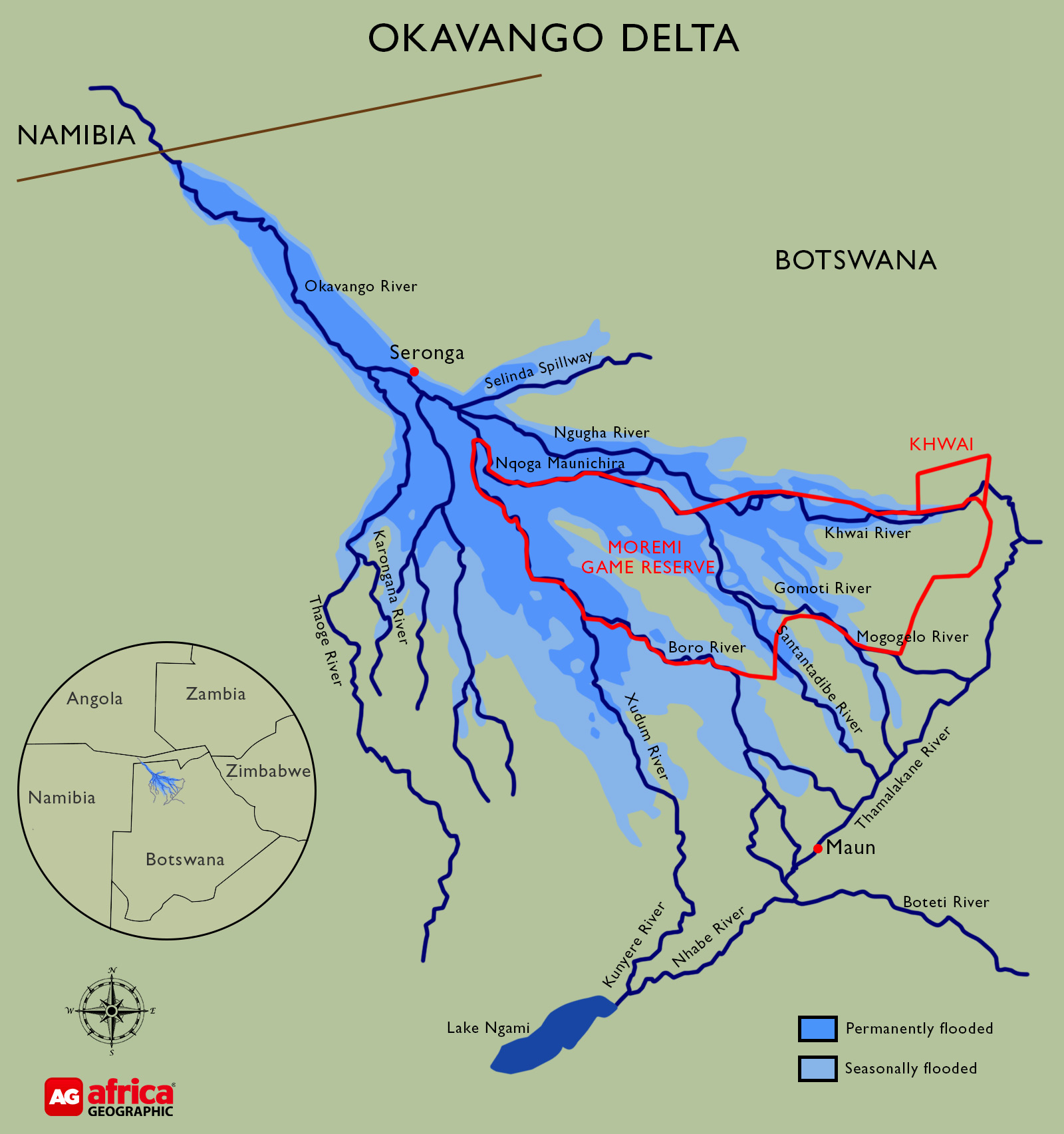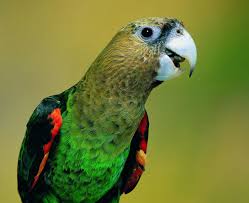The Okavango Delta
- Hits: 3947
The Okavango Delta emanates in the highlands of Angola, where the mighty Okavango River begins as just a trickle before gradually becoming the third largest river in southern Africa that flows for over 1,600km to reach inland Botswana.


















